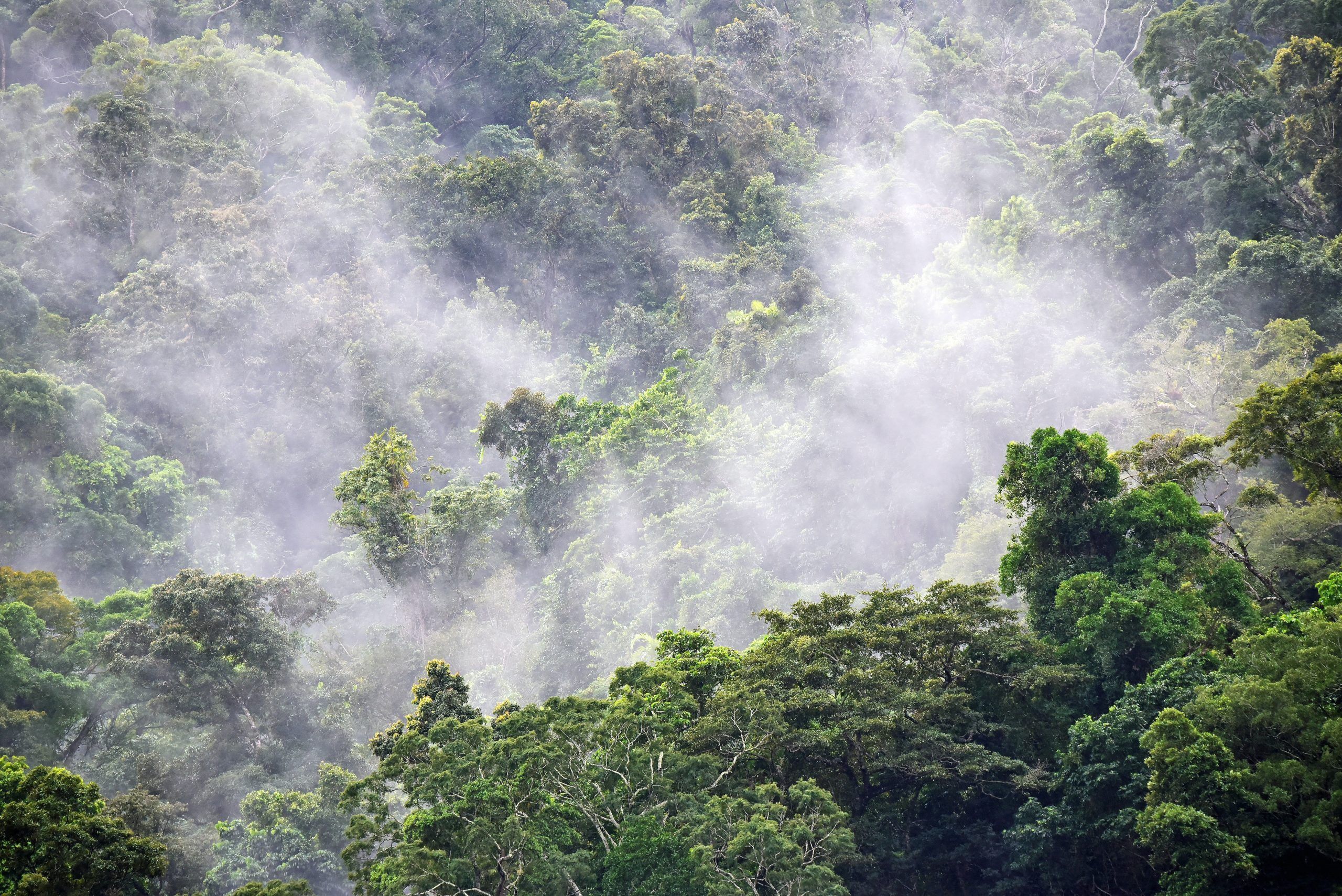Our team selected the concept of “Re-greening the Earth” for our July Webinar Series. Merriam-Webster defines re-green (verb) as: To restore (barren, degraded, or deforested land) to a healthy ecological state by planting vegetation (such as trees, shrubs, grasses, or sustainable crops) often in conjunction with improvements in soil fertility and water retention.
This definition doesn’t mention soil biology, but still fits our July Webinar Series. We’re highlighting efforts to regenerate soil food webs that, in turn, facilitate ecological restoration. Soil life is the foundation for re-greening our degraded and desertified landscapes.
We’ll discuss the primary drivers of re-greening – the essential microorganisms that support plants and ecosystems. These amazing soil communities deliver key ecosystem functions and services across our entire biosphere. Contrary to inaccurate messages that circulate online, we must take planetary-scale action to facilitate the resurgence of soil biological diversity and abundance!
There’s plenty of misinformation about atmospheric carbon dioxide (CO2), global climate change, and projections of future conditions. At the Soil Food Web School, we affirm the scientific consensus that accumulation of carbon dioxide (and other greenhouse gasses) in our atmosphere is one of the greatest existential threats to biodiversity on Earth as well as the peace and stability of human society. So, we must reduce atmospheric carbon dioxide concentrations by accumulating excess carbon into plant and soil systems.
In the 1990s, a myth was launched that climate change and carbon dioxide are somehow a boon for global agriculture. They are not; recent high-quality experiments indicate carbon dioxide is not the miracle solution that these misinformed sources claim. In fact, any positive effects of carbon dioxide enrichment tend to wane over time.
Greenhouse gasses are rising rapidly due extensively to human activities since the Industrial Revolution. Associated disruptions to our food production systems are already demonstrably dire, and we continue to break global heat records with each passing year. Even if there are short-term positive plant responses to carbon dioxide enrichment, increased heat, drought, and extreme weather patterns are poised to amplify famine, hunger, and malnutrition, especially among our most vulnerable human populations.
A concerted focus on soil ecology and the re-greening of our declining landscapes is the only hope we have! In collaboration with plants and microorganisms, we can reverse current destructive trends and ensure a better future for ourselves and the organisms that share and sustain our home planet.
Register for our July Webinar Series here.
Author

Dr. Adam B. Cobb
Adam's passion for agriculture emerged in 2008, during his three months of volunteer work on organic farms in New Zealand. His time in graduate school cultivated a broad vision for the restoration of living soils, as well as utilization of research and community engagement to address current and emerging global food production challenges. After completing his doctorate at Oklahoma State University in 2016, he was funded as a Postdoctoral Research Fellow and Instructor. During the past 5 years, Adam authored or coauthored 20 research publications focused on agroecology and plant-microbial symbioses. He also taught multiple undergraduate and graduate courses on global food security, restoration ecology, and environmental science. He joined The Soil Food Web School in 2021, following his dream to help regenerate soils, improve human nutrition, and protect our planet.




